|
The question I get most often from customers wanting to buy plastic pallets is, "how many fit on a truck?" Seems like a straightforward question, right? Well, if we're talking about standard 48x40 plastic pallets, I can tell you that we've got 26 to 30 skid spots to work with on a typical 53' dry van tractor trailer. Next comes some basic math (and maybe a tape measure). Most times we can come up with a solid count. Every once in a while we run up against an exception - usually because of a change in the truck scheduled to pick up the load.
0 Comments
Can we just say that 2018 will go down as a year that tested the patience of everyone and anyone shipping and receiving freight? As the year winds down, we're finally starting to see the pressure ease. Lower freight rates and improved capacities top the list of improvements. But, before we get our hopes up in a volatile freight industry, let’s look back to when things started to unravel. When I wrote my original post, 6 Freight Terms Everyone Should Know, I had no idea it would become so popular. Since that time, a lot of interesting freight questions from all over the world have come my way. I guess I shouldn't have been too surprised. Shipping stuff seems easy enough, but sometimes it feels like you have to learn a secret new language just to get a freight bill paid. That's why I've decided to expand on my first freight terms post. Will brick and mortar stores decline, thus reducing the need for pallets?
Omni-Channel retailing takes the historical buying experience of the brick and mortar store to a level that offers consumers a multitude of methods for product research, buying and order fulfillment. Have you noticed a change in your LTL shipping charges?
The methodology that LTL carriers are using to determine their rates is changing. This is in follow up to what the major parcel shippers (UPS and FedEx) have already done. Less-than-truckload (LTL) shipping can be one of the most frustrating and challenging pieces of a freight spend.
There are many moving parts to LTL systems which can result in unexpected surprises. Common problems are lost freight and reweighs. This results in higher-than-expected freight bills, damages and reclassification of classes and item codes. This post will focus in on the reclassification and item codes. |
Call Us: (410) 477-3000
Headquartered in Baltimore since 1918 Nelson Company is a trusted source for pallets & packaging materials.
NelsonCompany.com Is your packaging system costing more than it should? Find out how you can start saving with an analysis from Nelson Technical Center.
Our own web-based software for reverse distribution. Nelson-ART™ manages the entire life-cycle of your packaging assets.
|
Tech CenterThe Nelson Technical Center finds savings. Solutions for the design, supply and recovery of transport packaging.
(443) 649-1049 |
Wood SalesCustom wooden pallets and crates are our specialty. Ask us about wood manufacturing, repair and recycling.
(410) 477-3000 |
|

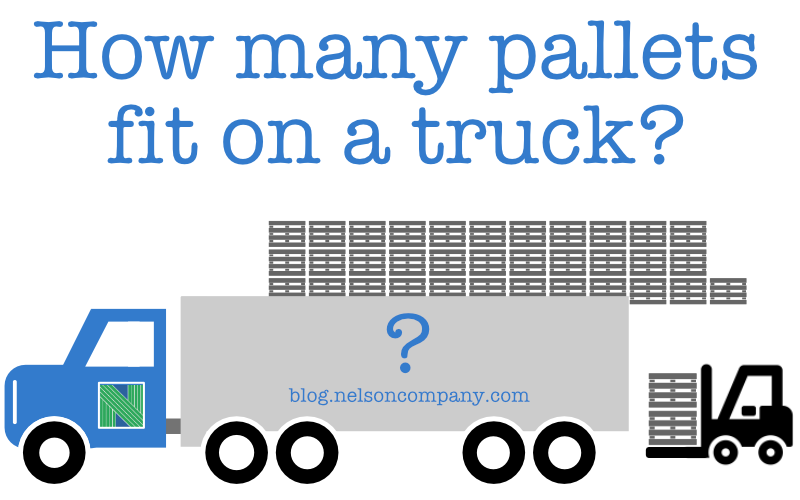
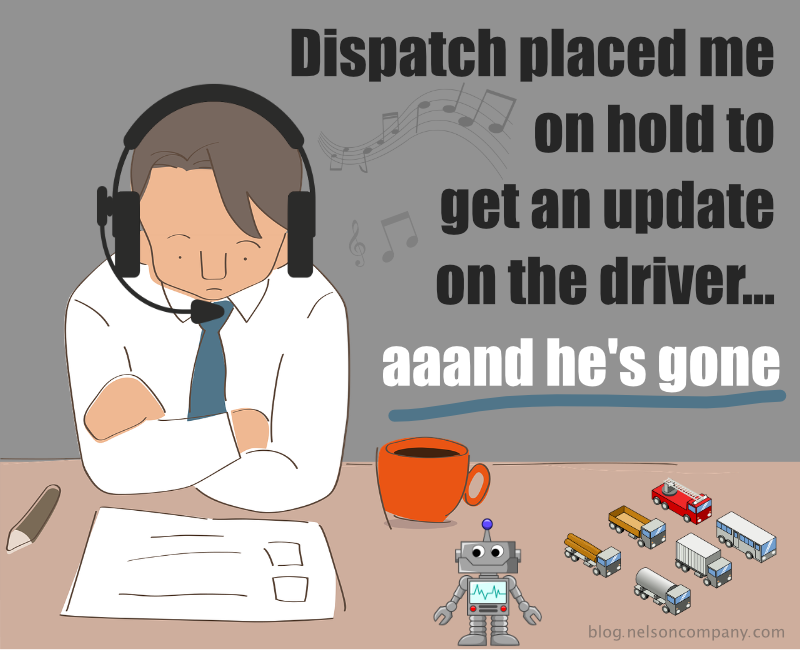
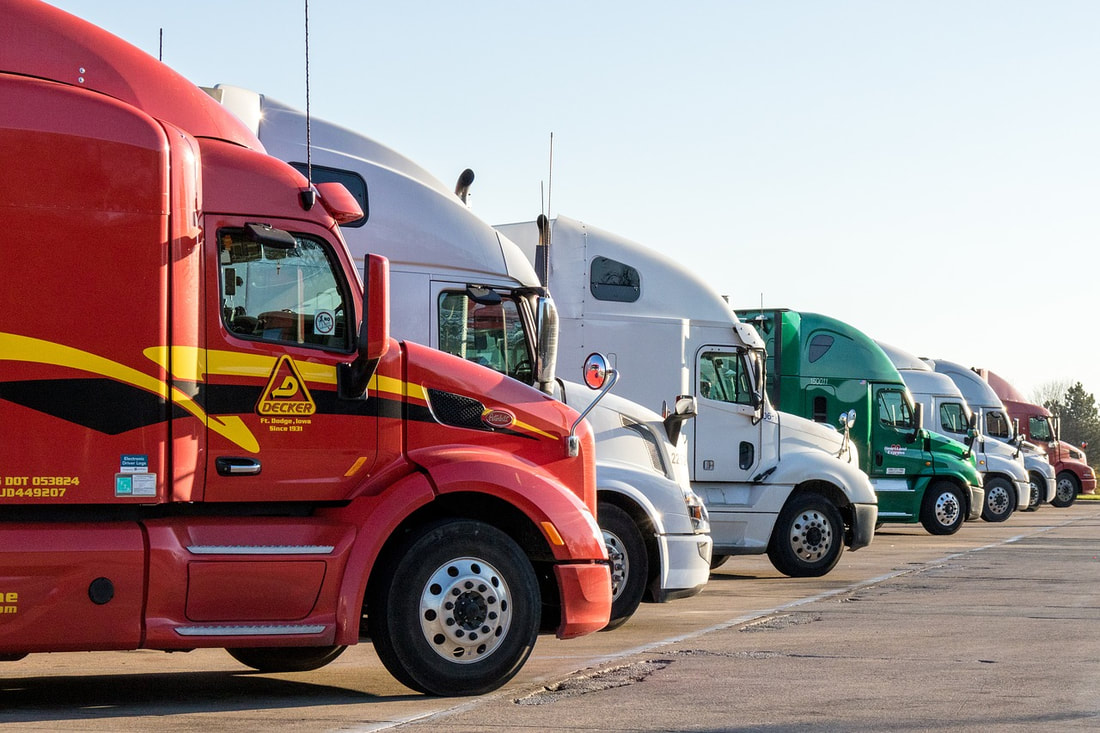
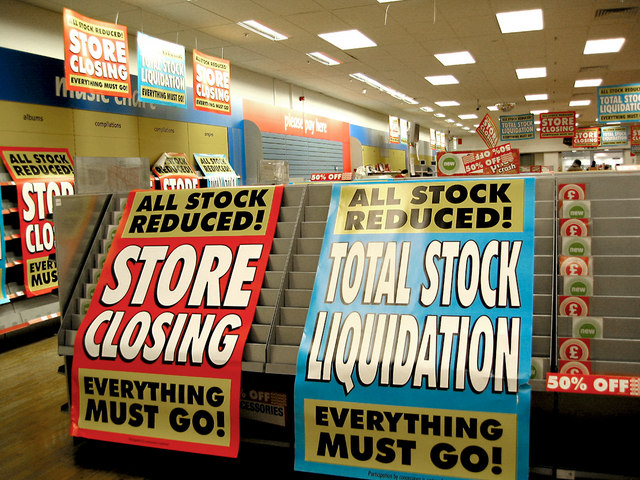
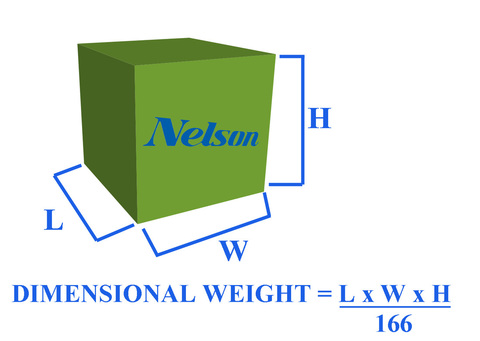



 RSS Feed
RSS Feed
